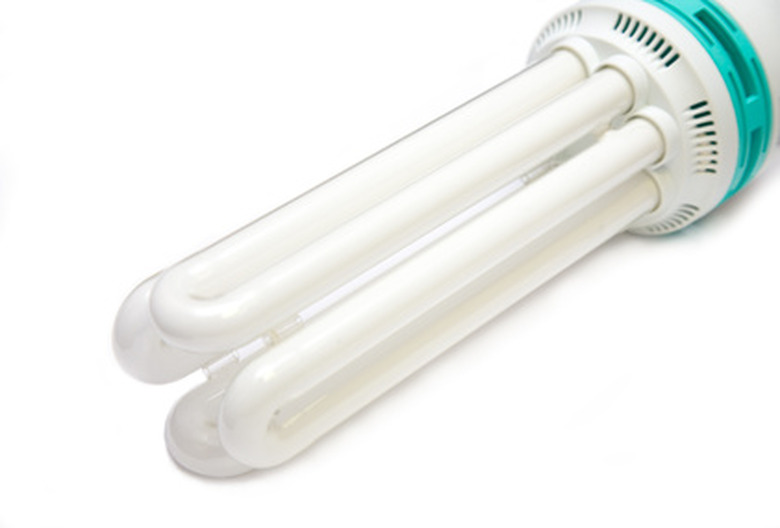The Use Of Phosphorous In Light Bulbs
Phosphorus, from the Greek meaning "light-bringer," is an element commonly used in light bulbs. However, it should not be confused with "phosphors," which is instead any substance that exhibits luminescence. Phosphorus, though, is a phosphor and does exhibit this luminescence.
Fluorescent Light
Fluorescent Light
Sometimes, the phosphor coating on the inside of fluorescent lights includes phosphorus in the metallic salt lining the inside of the light bulb. These coatings produce light by having particles of radiation hit the coating from the inside of the tube, causing them to fluoresce.
LED Technology
LED Technology
Blue phosphorus is the most commonly used type of light-emitting diode (LED). To produce white light (as an alternative to fluorescent light), blue phosphorus LEDs are used with energized yellow phosphorus.
Danger
Danger
There is a lot of speculation that phosphorus is dangerous because it can cause adverse reactions such as kidney damage and osteoporosis if encountered too often. The phosphorus commonly used in these materials either reacts with oxygen quickly or is otherwise rendered inert, making them effectively harmless to humans.
Cite This Article
MLA
Freeman, John Mack. "The Use Of Phosphorous In Light Bulbs" sciencing.com, https://www.sciencing.com/the-use-of-phosphorous-in-light-bulbs-13418800/. 21 July 2017.
APA
Freeman, John Mack. (2017, July 21). The Use Of Phosphorous In Light Bulbs. sciencing.com. Retrieved from https://www.sciencing.com/the-use-of-phosphorous-in-light-bulbs-13418800/
Chicago
Freeman, John Mack. The Use Of Phosphorous In Light Bulbs last modified March 24, 2022. https://www.sciencing.com/the-use-of-phosphorous-in-light-bulbs-13418800/
